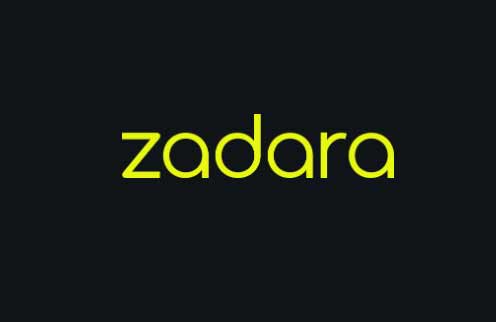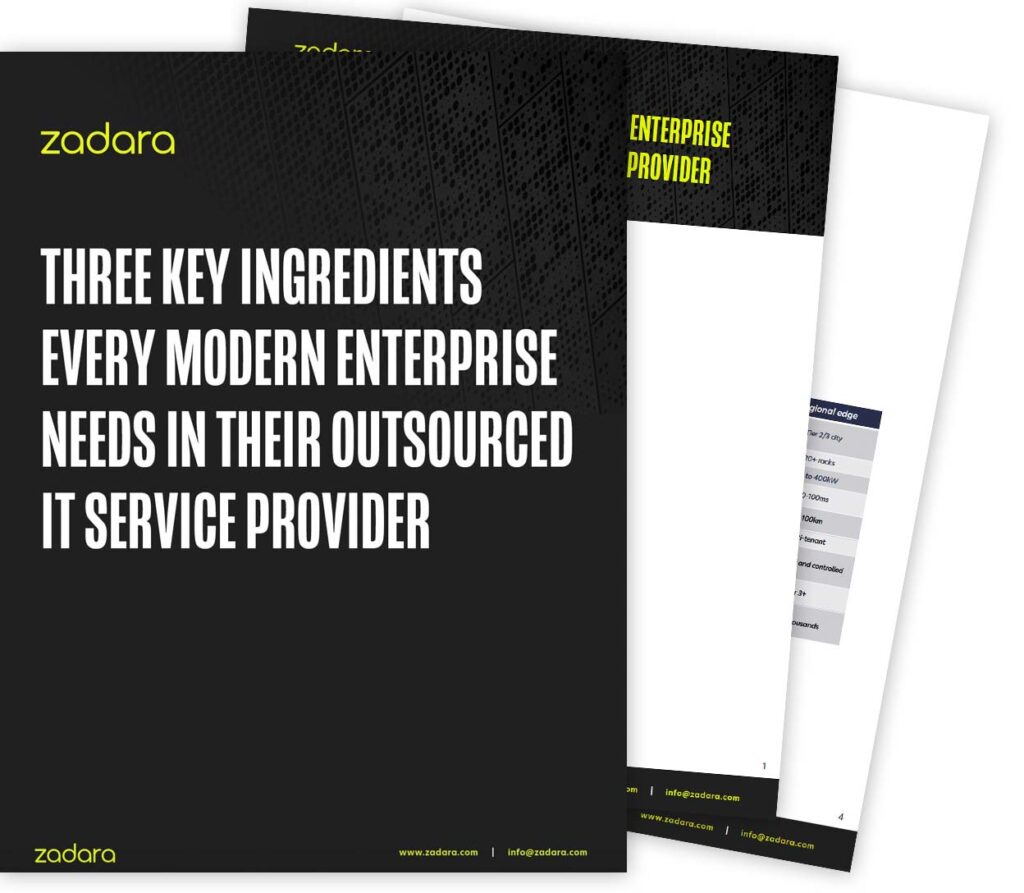Are you ready to provide enterprise disaster recovery to your customers when an unexpected disaster strikes? When disaster strikes any business, whether large or small, its most vital functions can be disrupted with little or no warning. And if the organization is not well prepared to resume operations in the shortest possible time, it can suddenly find that its very survival is threatened.
The statistics are sobering. According to the U.S. Small Business Administration, more than ninety percent of businesses directly impacted by a disaster will fail within two years. In fact, the Federal Emergency Management Agency (FEMA) reports that 40 percent of such businesses never reopen their doors at all after the emergency.
Yet many small and medium-sized businesses (SMBs) are not well prepared to handle a disaster if it should strike. The biggest reason is that implementing an effective disaster recovery (DR) solution can be extremely costly. The traditional approach has been to set up duplicate, geographically separate IT facilities that can take over if the organization’s main data center is disabled. The costs of the hardware, software, staff, and management resources needed to provide that kind of backup have proven so substantial as to discourage many companies from even attempting to adequately prepare themselves for a potentially debilitating disaster.
But with the advent of cloud-based Disaster Recovery-as-a-Service (DRaaS), that no longer need be the case. By incorporating a first class DRaaS solution into their own offerings, IT managed service providers (MSPs) can now offer their clients enterprise-level disaster recovery at affordable prices.
Sign up for our webinar on June 7th “Why Service Providers Love Zadara Enterprise Cloud Storage” to learn more.
What Is DRaaS?
As the name implies, DRaaS allows companies to purchase disaster recovery services from a cloud storage provider instead of setting up and running their own DR facilities. Rather than having to use capital funds to purchase DR hardware and software up front, customers simply pay a monthly service fee based on their actual usage of the DRaaS vendor’s services. The vendor will also provide the management oversight required to meet targets such as customer-specified RTO (recovery time objective) and RPO (recovery point objective) levels.
With DRaaS, copies of the client’s data and even entire virtual machines, are stored in the cloud. The DRaaS vendor furnishes both the compute and storage resources needed to support the client’s workloads. When a disruption occurs with the organization’s primary data center, operations can automatically failover to the cloud. A first class DRaaS provider will offer multiple backup sites to insure that a customer’s data won’t be impacted by localized disasters. For example, Zadara Storage allows customers to synchronously replicate their data to any of more than 30 public crowds around the world, including Amazon Web Services (AWS), Microsoft Azure, and Google Cloud Platform (GCP).
Advantages of DRaaS
DRaaS can offer a level of disaster recovery functionality that would be very difficult for most companies to achieve on their own. For example, a top-rated vendor, such as Zadara Storage, will provide the highest levels of security for customers’ data. Zadara Storage Clouds™ are physically located in some of the most secure data centers in the world. These facilities incorporate sophisticated physical security features such as biometric access controls and 24×7 surveillance. Stringent identity management controls, along with in-place and in-flight encryption, insure that only authorized users can gain remote access to the data.
A DRaaS Success Story
think Procurement describes itself as “Australia’s most unique eProcurement platform.” think’s IT infrastructure is almost entirely housed within the Amazon Web Services (AWS) environment. When the company’s management identified a need for a disaster recovery solution that spanned both on-site storage and the cloud, they turned to a Melbourne-based IT professional services company, RedBear IT, to develop a solution. RedBear partnered with Zadara Storage to quickly implement a cost effective, simple to manage multi-cloud DR solution.
think Procurement’s management was quite pleased with the result of this collaboration between their MSP and Zadara Storage. Steve Ash, COO of think said, “As cloud-based DR, the Zadara solution designed by the RedBear IT team saved us hundreds of thousands of dollars by comparison to a typical ‘traditional’ disaster recovery solution”. The full case study can be found here.
DRaaS Works Both For MSPs and for Their Clients
Managed IT services companies that work with top-notch cloud storage providers such as Zadara Storage can gain a real competitive advantage by offering their SMB clients the highest level of disaster recovery services. If you’d like to explore how partnering with Zadara can open new doors for your business, please download the ‘Zadara Storage Managed Services’ whitepaper.








